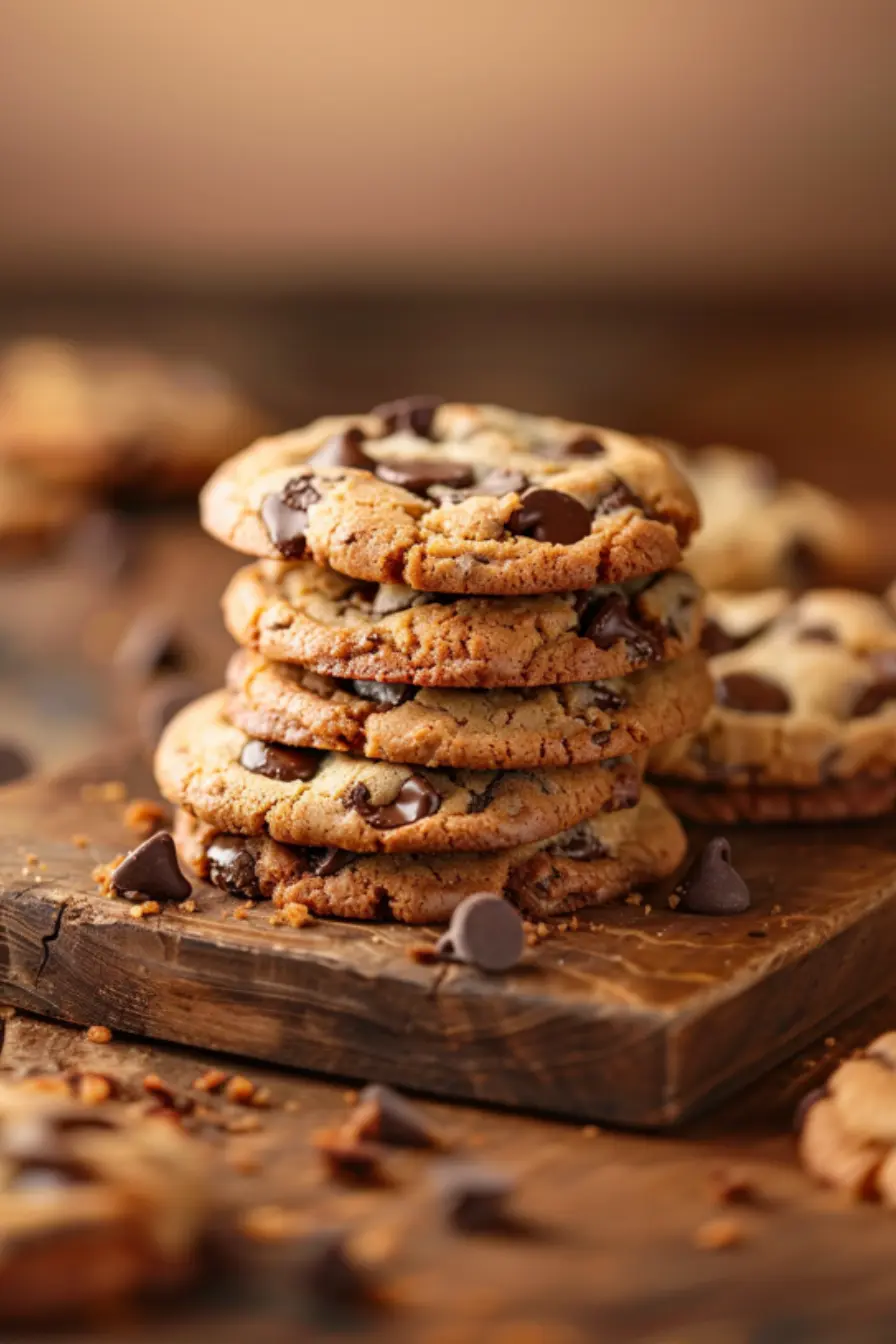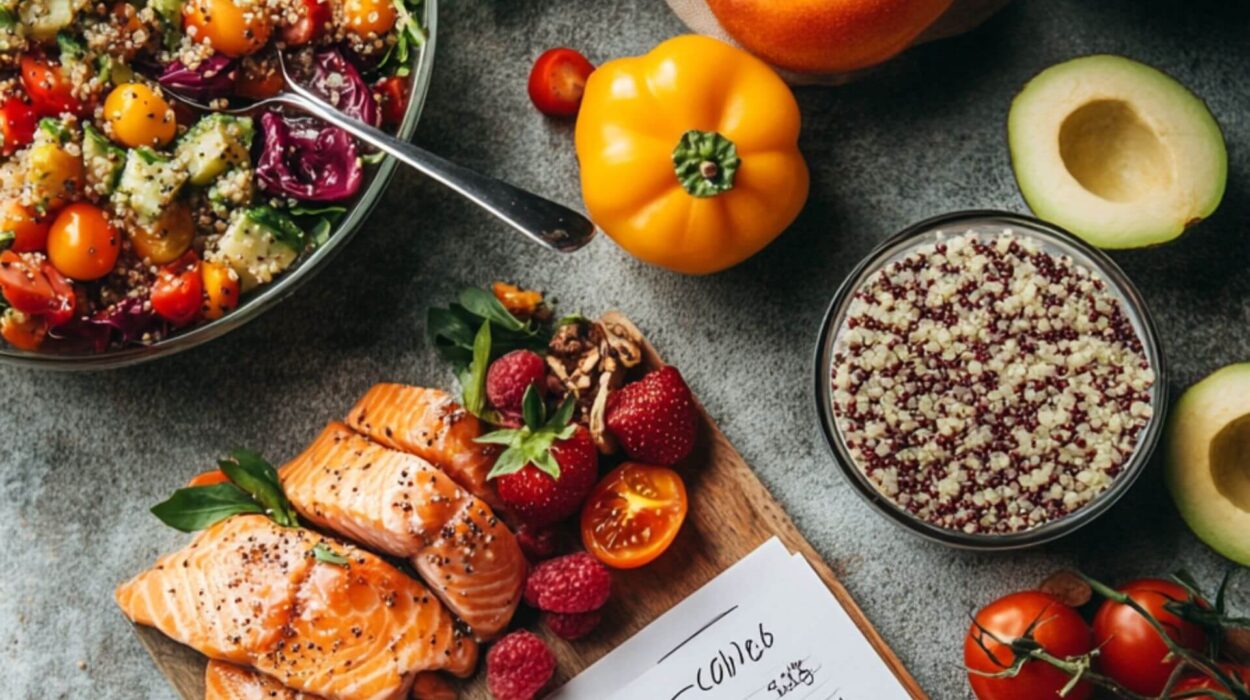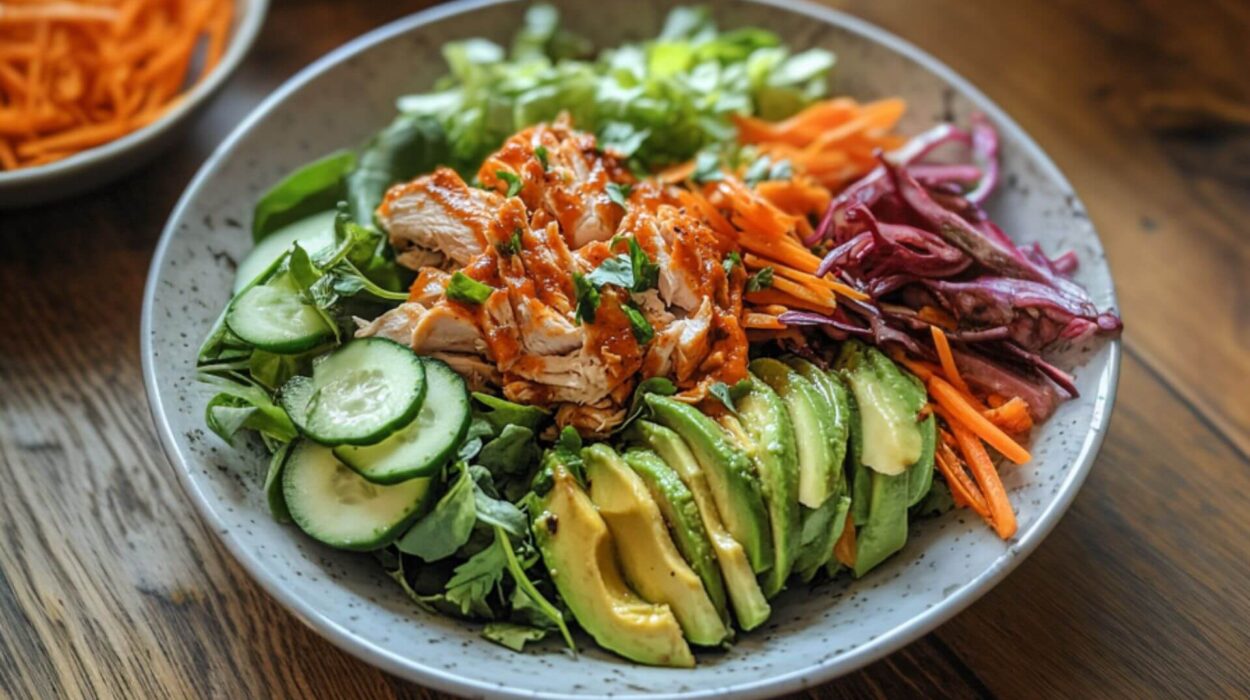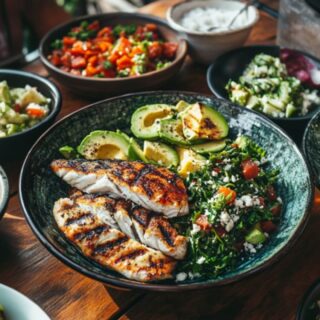There’s something magical about biting into a chocolate chip cookie that’s crispy on the outside yet soft and chewy on the inside. It’s the perfect balance that makes cookies irresistible. But achieving this ideal texture isn’t just about following a random recipe—it’s about understanding the science behind baking.
In this guide, we’ll dive into the key ingredients, baking techniques, and expert tips that will help you bake the best crispy yet chewy chocolate chip cookies every time. Whether you love golden, crunchy edges or gooey, soft centers, this article will show you how to achieve your ideal cookie texture.
Let’s get started!

Table of Contents
The Science Behind Crispy and Chewy Cookies
The Role of Ingredients in Cookie Texture
Each ingredient in a cookie recipe plays a crucial role in determining its final texture. Here’s how different components contribute to crispiness and chewiness:
✅ Flour – More flour makes cookies denser, while less flour results in thinner, crispier cookies.
✅ Sugar – White sugar creates crispier cookies, while brown sugar makes them chewy due to its moisture content.
✅ Fats (Butter vs. Shortening) – Butter spreads more, leading to crispy edges, whereas shortening makes cookies more tender.
✅ Eggs – Extra yolks add chewiness, while more egg whites create a crispier bite.
Baking Techniques That Affect Texture
The way you bake your cookies also impacts their texture. Here’s what to consider:
✅ Baking Time – A longer baking time at a lower temperature makes crispier cookies, while shorter baking times at higher temperatures result in a chewier texture.
✅ Oven Temperature – A 350°F oven is ideal for chewy centers, but raising the temperature slightly can create crispier edges.
✅ Baking Surface – Using parchment paper helps cookies bake evenly without spreading too much.
Key Ingredients for Crispy and Chewy Chocolate Chip Cookies
Flour Selection: All-Purpose vs. Bread Flour
- All-purpose flour is a great standard choice.
- Bread flour, with its higher protein content, creates a chewier texture.
Sugar Ratios: The Secret to Moist and Crispy Edges
- More brown sugar = more moisture = chewier cookies.
- More white sugar = caramelization = crispier cookies.
Butter or Oil? Which One Works Best?
- Butter provides flavor and crisp edges.
- Oil (or a butter-shortening mix) can help keep cookies softer.
Eggs: The Binding Agent for Texture Perfection
- Using only egg yolks can make cookies extra chewy.
- Whole eggs add structure and balance.
The Best Recipe for Crispy Chewy Chocolate Chip Cookies
Ingredients:
- 2 ¼ cups all-purpose flour
- 1 tsp baking soda
- ½ tsp salt
- ¾ cup unsalted butter, melted
- 1 cup brown sugar
- ½ cup white sugar
- 1 tbsp vanilla extract
- 1 whole egg + 1 egg yolk
- 2 cups chocolate chips
Instructions:
- Preheat oven to 350°F (175°C).
- Mix dry ingredients (flour, baking soda, salt) in a bowl.
- Cream butter and sugars together until fluffy.
- Add eggs and vanilla, mix well.
- Combine wet and dry ingredients gradually.
- Fold in chocolate chips.
- Chill dough for 30 minutes (optional but recommended).
- Scoop onto a baking sheet lined with parchment paper.
- Bake for 10-12 minutes until edges are golden brown.
- Cool on the baking sheet for 5 minutes before transferring to a rack.
Tips to Keep Cookies Crispy Yet Chewy After Baking
Cooling Techniques for the Right Texture
- Let cookies cool on the baking sheet first, then transfer to a cooling rack.
- Cooling too quickly can affect chewiness.
How to Store Cookies Properly
✅ For crispier cookies: Store in an airtight container with a paper towel.
✅ For chewier cookies: Store with a slice of bread inside the container.
✅ For longer storage: Freeze the dough or baked cookies for up to 3 months.
Common Mistakes That Ruin Cookie Texture
🚫 Overmixing the Dough – Creates tough cookies.
🚫 Too Much or Too Little Flour – Affects spreading.
🚫 Using the Wrong Sugar Ratio – Can lead to dry or overly crispy cookies.
🚫 Skipping the Chilling Process – Dough spreads too much.
How to Customize the Recipe for Different Preferences
Making Extra Crispy Cookies
- Reduce brown sugar, increase white sugar.
- Bake at 375°F for a slightly longer time.
Enhancing Chewiness
- Add an extra egg yolk.
- Use bread flour instead of all-purpose.
Adding Unique Flavors
Add cinnamon or espresso powder for depth.
Sprinkle sea salt for contrast.
Crispy Chewy Chocolate Chip Cookies – FAQ
What makes a cookie crispy and chewy?
The balance of butter, sugar, eggs, and baking time determines the texture.
How do I make my cookies chewy instead of crunchy?
Use more brown sugar and egg yolks while reducing the baking time slightly.
How to make cookies stay crispy?
Store in an airtight container with a paper towel to absorb moisture.
What makes chocolate chip cookies chewy?
Brown sugar and a higher moisture content help create chewiness.
What is the secret to making cookies soft and chewy?
Using bread flour, extra yolks, and chilling the dough before baking.
What produces crispness in cookies?
White sugar, longer baking times, and a higher oven temperature.










